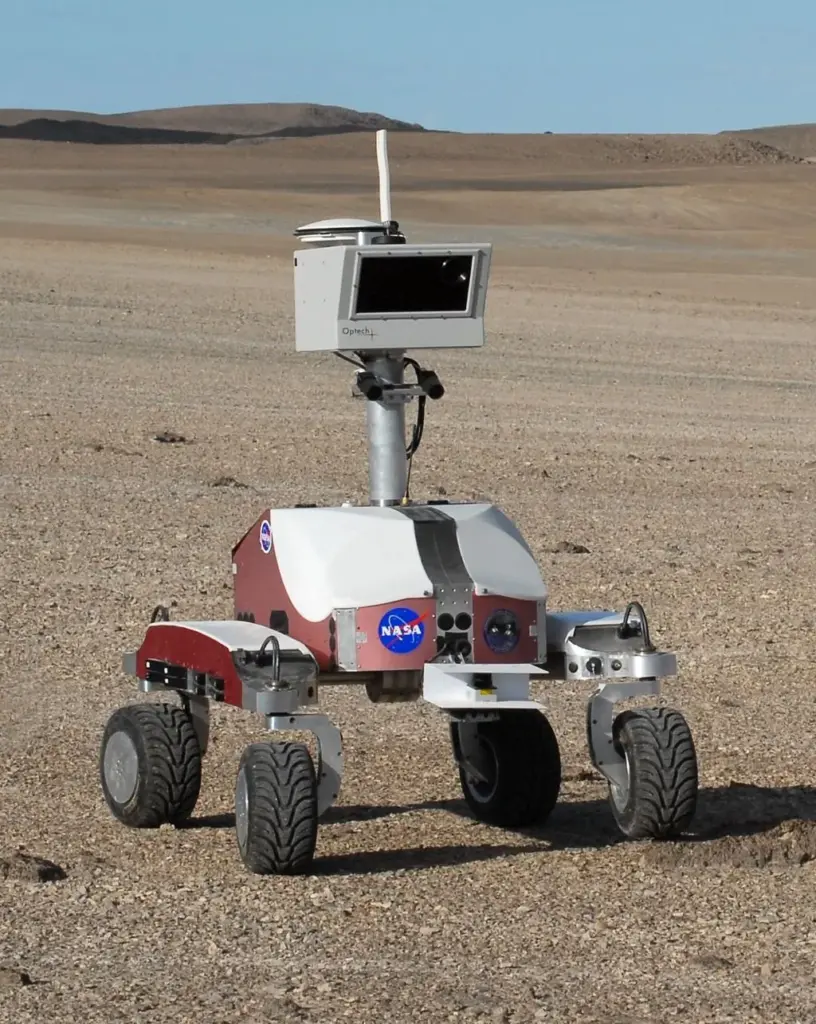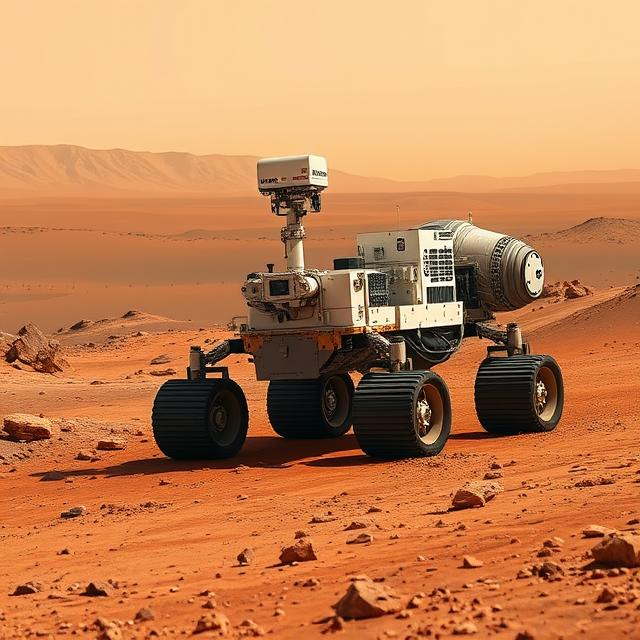Back in the day, space robots were just make-believe—popping up in comics and movies as fancy machines drifting through space, heading to distant galaxies, and checking out weird new planets. These days though, space robots are as real as it gets, and they’re essential in helping researchers and engineers explore our Solar System in ways people just can’t. And there’s no telling what these tech wonders might do in the future.
What Do Folks Think Space Robots Do?
When people think about space robots, they picture evil machines, like the Daleks from Doctor Who—robots aiming to take over the universe and wipe out humans. These made-up robots might create exciting TV scenes, but the truth is quite different. Also, space robots don’t look like the ones you see in Star Trek or Star Wars.
Space robots aren’t bad guys or invaders—they’re helpers. Their role is to support astronauts and scientists in ways that are both useful and key for space exploration. They’re not here to take over; they’re here to make human space missions safer more productive, and more doable.
What Do Space Robots Do?
So, what do space robots do out there in space? They perform a range of essential jobs, many of which involve carrying out tasks that would be too risky, intricate, or expensive for humans to handle.
1. Taking Measurements
Space robots excel at measuring things in places where humans can’t survive. They assist astronauts in collecting data on all sorts of things, from temperature and radiation levels to air pressure. By taking accurate measurements, robots give scientists the info they need to make smart choices during space missions.
2. Collecting Samples
Collecting samples is a key job for space robots. They gather soil from Mars or rocks from asteroids. This material might reveal secrets about how our solar system began or if life could exist on other planets.
3. Helping with Equipment and Structures
Space robots also have an important role in putting together and fixing equipment and structures on the International Space Station (ISS). These robots can do tricky repairs or help set up new gear. This saves astronauts from risky spacewalks and lowers the chance of mistakes.
4. Exploring Other Planets
Exploring space might be the most exciting job out there. We send robots with cameras and sensors to planets, moons, and asteroids far away to check out places humans can’t go. These machines give us useful information about the environment, air, and conditions on other worlds. They act as our eyes in the farthest parts of our Solar System.

The Different Types of Space Robots
Space robots come in many shapes and sizes. Each one has a specific job to do. Let’s look at some of the most common types:
1. Operated Vehicles (ROVs)
You often see them in news stories about disaster areas or far-off places. ROVs play a key role in space exploration because they’re tough. These robots can handle extreme heat and cold strong radiation, and rough ground—things that would kill humans. They work in places like Mars where the air is deadly, and do jobs that would be too dangerous for astronauts.
ROVs are crucial to explore harsh places, and people on Earth can control them from far away. They can do many things, from picking up samples to fixing equipment in space.
2. Autonomous Robots
Some space robots, like NASA’s Curiosity rover on Mars, work on their own. These robots have AI that lets them decide things and do their jobs without humans telling them what to do all the time. This matters a lot when robots are so far from Earth that we can’t give them quick orders. These self-working robots have helped us explore Mars and other space objects. They’ve found new things and sent back pictures of places no one has ever seen before.
3. Robotic Arms and Drones
Up on the International Space Station, robot arms like Canadarm2 help astronauts do all sorts of jobs. They move stuff around, help with experiments, and fix things when needed. These robots work with pinpoint accuracy and can handle tricky tasks without messing up. The cool thing is, they can do their thing in space without anyone at the controls. Looking ahead, we might see drones zipping around in space too. They could check out planets or snap super clear pictures of far-off asteroids someday.
